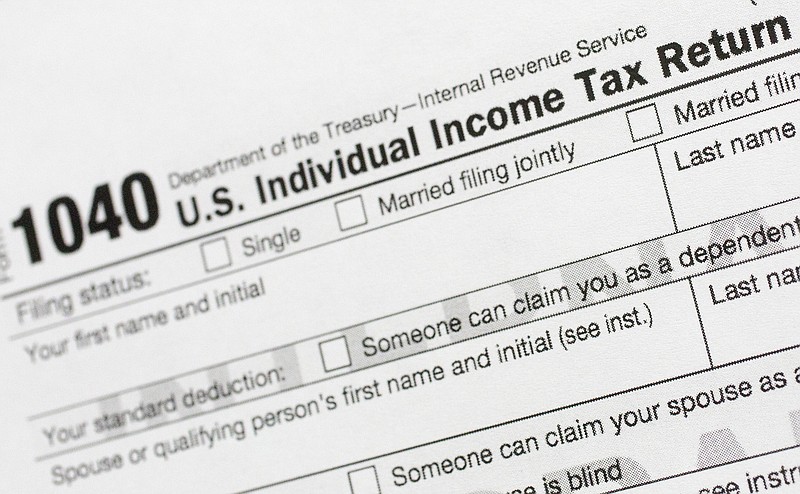The record low unemployment levels first reached a year ago for Blacks and Hispanics were achievements President Donald Trump could take credit for, and he wasted no time in doing so. In fact, he still does it, though the coronavirus has changed the narrative for many Americans.
But low unemployment is one thing, and experiencing your family doing better is another.
Last week, the United States Census Bureau released an estimate from its Current Population Survey Annual Social and Economic Supplement showing that the poverty rate for the U.S. in 2019 was 10.5%, the lowest since such estimates were first released in 1959.
In other words, that low unemployment led directly to an improvement in the poverty rate. And a lower poverty rate should be expected to mean many families were doing better.
Like it or not, it is difficult to declare that Trump had absolutely nothing to do with this. How much may be debatable, but the president and his policies rightfully deserve some praise for the record low rate.
The national media, both because of changes through the years in survey resdesigns and in its all but declared bias against Trump, may be skeptical. So, to get the figures it announced, the Census Bureau took the additional step of applying a methodology that accounts for statistical changes in the poverty rate from survey redesigns.
Even with the adjustment, the record rate resulted.
Indeed, observed by races, the poverty rate was the lowest on record for Blacks (18.8%), Hispanics (15.7%) and Asians (7.3%). For Blacks and Hispanics, the record rate was the lowest since 2018.
For non-Hispanic whites, the 7.3% poverty rate matched the previous historically adjusted low in 1973 and was just a tick higher than the record low of 7.2% in 2000.
From 2018 to 2019, the poverty rates for children under age 18 decreased 1.8 points to 14.4%, the rate for adults ages 18-64 fell 1.2 points to 9.4% and the rate for people ages 65 and over declined .9 points to 8.9%.
The overall U.S. poverty rate in 2019 fell from 11.8% in 2018, a decrease of 11% in one year.
The Supplemental Poverty Measure, an alternative way of measuring poverty, also showed a one-point decline from 2018.
The Census Bureau also released income figures from 2019. They also showed gains from 2018, again something for which it is difficult not to give some measure of credit to Trump.
Household income rose 6.8% the median earnings of all workers increased 1.4% and the median earnings of full-time, year-round workers increased 0.8%. Median household income was $68,703.
It was the fifth straight annual income increase in median household income for family households and the second consecutive increase for non-family households. Income was up for white, Black, Hispanic and Asian households, but the changes from 2018 to 2019 in comparing race groups was not deemed statistically significant.
Income was up 7% in the West, 6.8% in the Northeast, 6.1% in the South and 4.8% in the Midwest. Similarly, the changes from the two years in comparing regions was not significantly significant.
A third Census Bureau report - on health coverage - also was released. Unlike the narrative peddled by Democrats and their media cohorts, it did not show millions of Americans losing their health care coverage, though authors of the report say the coronavirus pandemic could affect interpretation of changes in health insurance coverage between 2018 and 2019.
The Current Population Survey Annual Social and Economic Supplement figures, taken with that grain of salt, show 92% of the population with some kind of health care coverage compared to 91.5% in 2018.
While the above numbers were tabulated when the jobless rate was at a near half-century low of 3.5%, it didn't mean things couldn't improve for minorities, women and children. But everything has now changed since mandated coronavirus lockdowns threw millions out of work, especially including lower-income employees of establishments such as hotels and restaurants.
Arguments will go on for years about what was done right with the pandemic, what was done wrong, what should have been done earlier, what was known and what wasn't known, but the above figures provide a snapshot of the country as it was under one set of economic policies.
It's not arguable that the policies were different under Trump's predecessor, Barack Obama, and his vice president, Joe Biden. They produced one result, slow growth amid increasing regulations, while Trump, with lessening regulations and smaller taxes, produced another.
Once the coronavirus is behind us, the country will be in hands of purveyors of one of those two economic directions. These recently released numbers should give us a hint as to which way is better.
